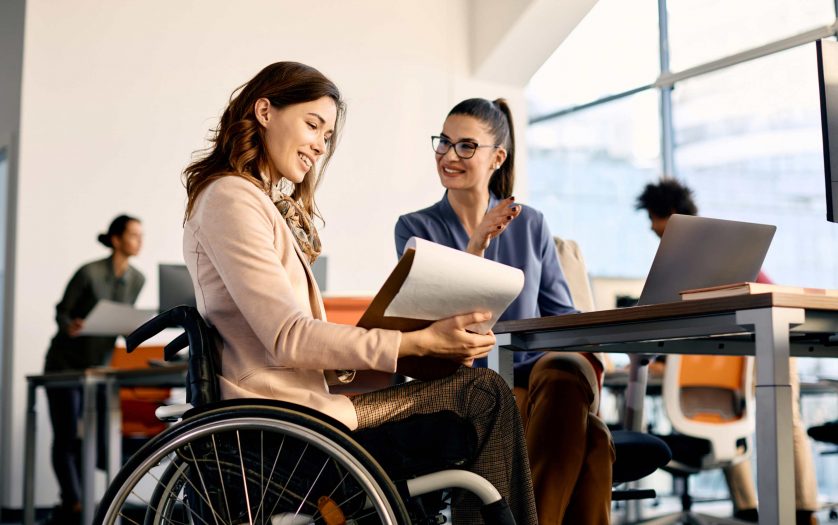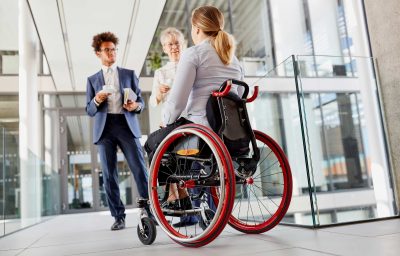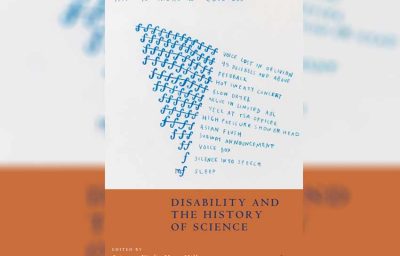
A recent study has presented practical strategies for increasing the employment of persons with disabilities. The research examined the experiences of employers who have successfully hired and retained employees with disabilities, and identified several key factors that contributed to their success.
The unemployment rate for persons with disabilities in the United States, particularly youth, is more than double the rate of those without a disability. This special issue of the Journal of Vocational Rehabilitation addresses the issues driving these statistics, concluding that the greatest challenge is increasing community and business awareness of vocational services and how these services can be a fundamental support to increase work participation and quality of life of individuals with disabilities.
In 2019, approximately 80% of persons with disabilities remained outside the labor force compared with 30% of people without a disability, and the unemployment rate for persons with disabilities was more than double the rate of those without a disability. Persons with disabilities, particularly youth, are more than twice as likely to live in poverty than their peers without disabilities.
This issue, guest-edited by Timothy N. Tansey, Catherine Anderson, David Strauser, Malachy Bishop, Fong Chan, and Paul Wehman, forms part of a special series on the Vocational Rehabilitation Technical Assistance Center for Quality Employment (VRTAC-QE). The goal of VRTAC-QE is to increase the number and quality of employment outcomes for individuals with disabilities by upgrading and increasing the competencies, skills, and knowledge of state vocational rehabilitation agencies and their affiliates and enable individuals with disabilities to achieve quality employment and career advancement.
“Efforts to achieve this goal are focused on providing intensive, targeted, and universal training and technical assistance to state vocational rehabilitation agencies based on needs identified via performance data and assessment of current outcomes,” explained Guest Editor Timothy N. Tansey, PhD, University of Wisconsin-Madison, Madison, WI, and co-Guest Editors. “The project also seeks to coordinate training and technical assistance with other federal centers to maximize efforts to promote high quality services in support of persons with disabilities. The existing literature provides information on evidence-based or emerging practices that can increase employment opportunities for persons with disabilities. However, a gap exists between this research and existing practice.”
Study confirms the importance of addressing each of these areas through collective efforts across stakeholder groups. It concludes that renewed attention should be focused on key practices and partnerships needed to facilitate community-based work experiences for youth with severe disabilities prior to graduation.








